Laboratory Information Management System
Investing in your Laboratory with a LIMS
A LIMS (laboratory information management system) is a software system that facilitates laboratory operations, from sample and test log-in to capturing results and creating reports. In addition, some LIMS solutions also have features that support improved tracking of work, such as with status boards or dashboards, as well as automatic SPC analysis and specification management. Therefore, selection of the right LIMS provider is one of the most important considerations a laboratory could make. A system and provider that fits well with your laboratory can help not only improve current efficiencies and process flow, but also be able to seamlessly integrate new and complex requirements that are thrust upon your laboratory. At Wavefront, we help your laboratory set up a system that works for your laboratory so you can achieve current and future goals.
Benefits of a LIMS
Implementing a robust Laboratory Information Management System (LIMS) platform provides multifaceted benefits spanning improved quality, enhanced efficiency, and reduced costs. By automating manual data entry, LIMS solutions like Wavefront reduce transcription errors and ensure data integrity. Streamlined workflow processes, status tracking, and system integrations accelerate turnaround times. Strict user access controls and full audit trails improve security and traceability. Specification management applies testing standards consistently while statistical process controls enable real-time quality monitoring. Additional features like automated worklists, email alerts, and scheduling coordination minimize non-value activities. Together, these capabilities help laboratories unlock the full potential of a LIMS to deliver transformative gains in productivity, compliance, and profitability.
10 of the Most Common Benefits of Introducing a LIMS
LIMS Implementation Process
The Wavefront LIMS implementation process takes an iterative approach to help you get the most value out of your new LIMS as soon as possible. The details will be defined with you Wavefront Implementation team during the kickoff, but the overall process will likely be similar to this.
To learn more about the LIMS Implementation Process, request our “LIMS Implementation Guide“.
Post-Implementation
At Wavefront, LIMS customer support extends far beyond implementation to ensure long-term success. Our user-friendly HelpDesk Support Portal empowers users with self-service access to knowledge resources like how-to articles, tutorial videos, and product brochures. For more tailored assistance, users can easily submit tickets to get prompt responses from dedicated account managers. Whether it’s troubleshooting issues, answering questions, or handling new feature requests, Wavefront’s experts provide ongoing support so laboratories can continuously maximize value from their LIMS investment. With a customer-first focus, Wavefront prioritizes helping laboratories optimize outcomes long after deployment.

